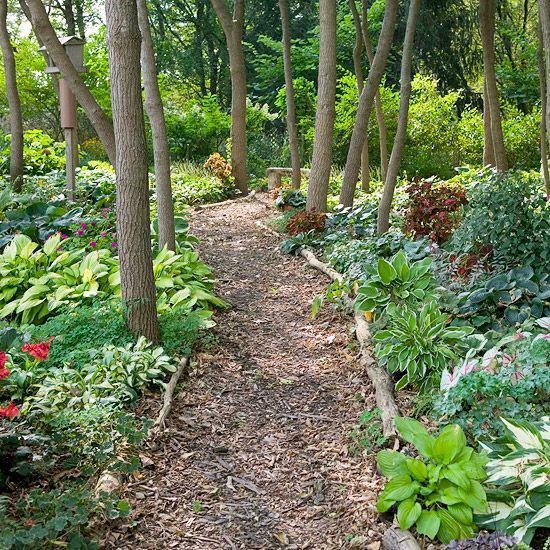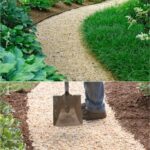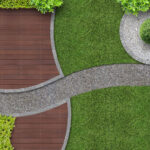The garden path is an essential element in any outdoor space. It not only serves as a functional way to navigate through the garden but also adds beauty and interest to the overall design. Garden paths can be made from a variety of materials, such as gravel, stone, brick, or wood, and can be designed in a myriad of patterns and styles to complement the landscape.
One popular choice for garden paths is gravel, which is a cost-effective and versatile option. Gravel paths are easy to install and maintain and can be easily adjusted to fit the desired shape and size. They also provide good drainage for rainwater, making them ideal for gardens that need proper water flow. Additionally, gravel paths create a rustic and charming look that adds character to the garden.
Stone paths are another classic choice for garden paths. Natural stone, such as flagstone or slate, offers a timeless and elegant look that can withstand the elements and heavy foot traffic. Stone paths can be laid in various patterns, such as irregular shapes for a more casual feel or uniform pavers for a more formal look. They can blend seamlessly with the natural surroundings of the garden and create a cohesive design.
For a more traditional and formal garden path, brick is a popular option. Brick paths add a touch of warmth and charm to the garden and can be laid in different patterns, such as herringbone or basketweave, to create visual interest. Brick paths are durable and low-maintenance, making them a practical choice for high-traffic areas in the garden. They can also be easily integrated with other materials, such as stone or gravel, to create a unique and personalized design.
Wood paths are a softer and more natural option for garden paths. Wood adds a warm and inviting feel to the garden and can be used to create a casual and relaxed atmosphere. Wood paths can be made from a variety of materials, such as cedar, redwood, or treated lumber, and can be stained or painted to match the style of the garden. Wood paths may require more maintenance than other materials, such as regular sealing and replacement of damaged boards, but they offer a unique and organic look that can enhance the overall design of the garden.
No matter the material or style chosen, garden paths play a crucial role in connecting different areas of the outdoor space and creating a sense of flow and cohesion. They not only provide a practical way to navigate through the garden but also serve as a design feature that adds beauty and interest to the landscape. By carefully selecting the material, pattern, and layout of the garden path, homeowners can create a welcoming and visually appealing outdoor space that reflects their personal style and enhances their enjoyment of the garden.
















